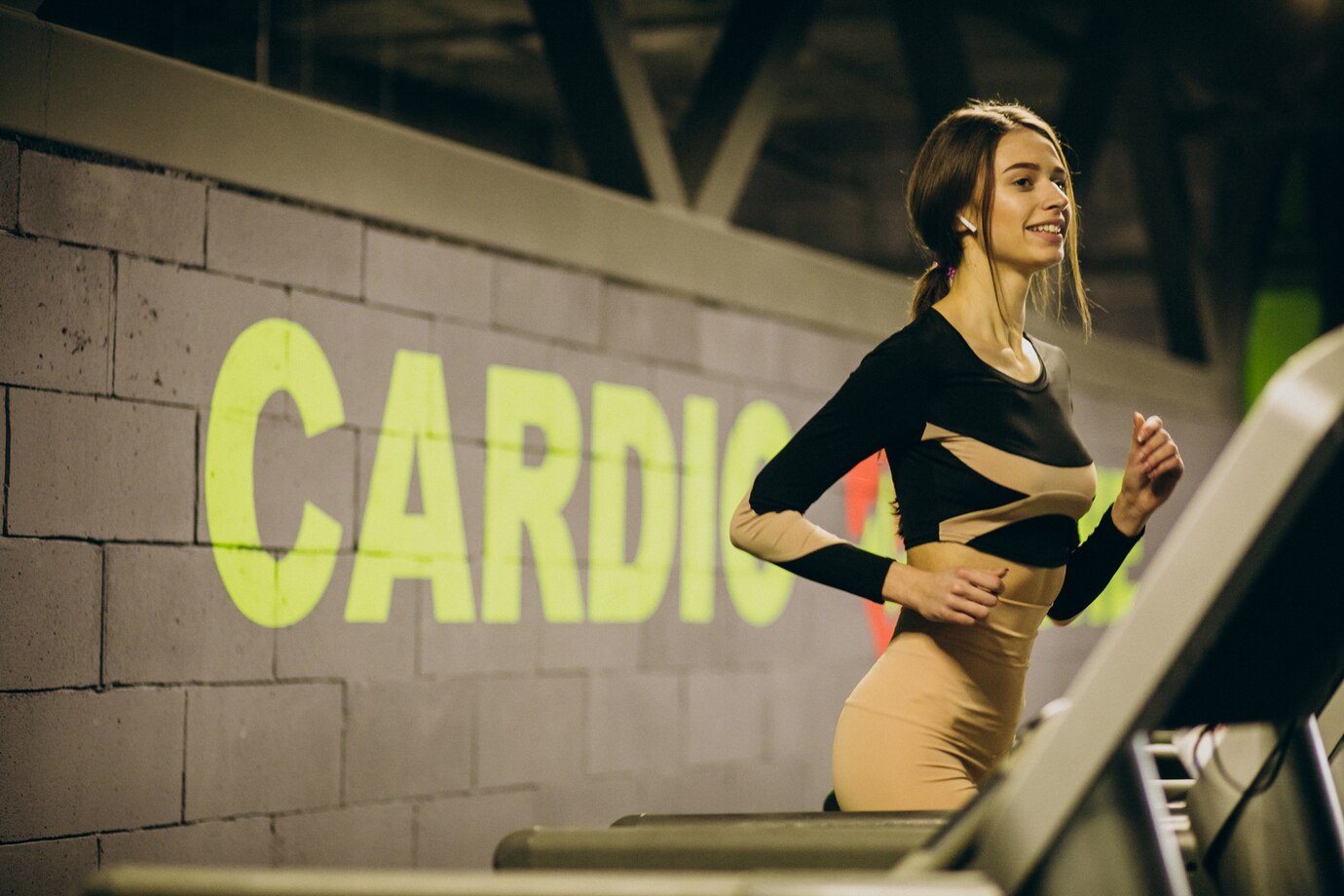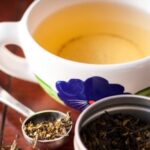Cardio workouts like walking, swimming, skipping rope, and running are vital for your overall health. As they strengthen the heart, boost endurance and mobility, and improve well-being. In this article, we will discover more about its benefits.
Benefits Of Cardio Workouts
If you learn about the benefits of cardio, you will get hooked and will never give up its presence in your lifestyle. Here are some of the benefits of cardio explained:
Strengthening the Heart Muscle
Regular cardio workouts strengthen the heart muscles and improve the pumping of blood in the body, reducing your risk of heart disease.
Weight Loss
If losing weight is your goal, high-intensity cardio is the best workout for burning calories. Cardio workouts are very effective in burning fat.
Enhance Lung Capacity
Cardio exercises increase lung capacity and improve blood vessels function over time. Meaning that your lungs can receive more oxygen with each breath.
Regulating Mood
Cardio workouts trigger the release of endorphins in the body, these chemicals can boost your mood, reduce stress and anxiety, and promote relaxation.
Increased Energy Levels
Cardio exercises give you more energy for physical and mental activities throughout the day. Which increases productivity when working or studying.
Strengthening Muscles and Joints
Many cardio exercises engage multiple muscle groups, helping to strengthen your muscles and joints.
Improving Sleep Quality
Regular physical activity improves sleep patterns. It regulates your body’s natural biological clock, making it easier to fall asleep and enjoy deeper, more restorative sleep.
Promoting Brain Health
Cardio workouts stimulate the growth of new brain cells and improves overall brain function, which can enhance memory function, fast learning and decision making.
FAQ
How can you practice different types of cardio as a beginner?
Aim for at least half an hour of regular walking. Start slowly if you’re new to exercising, and gradually increase the intensity and duration as your fitness improves.
What is the difference between cardio and resistance workouts for general health?
Whether your goal is to lose weight, build muscle, or improve endurance, a balanced approach that includes both cardio and resistance training is key to achieving the best fitness results.
Cardio workouts have countless benefits for physical and mental health. Whether you prefer jogging, dancing, swimming, or cycling, any of these activities can make a difference when incorporated as a regular part of your life.










